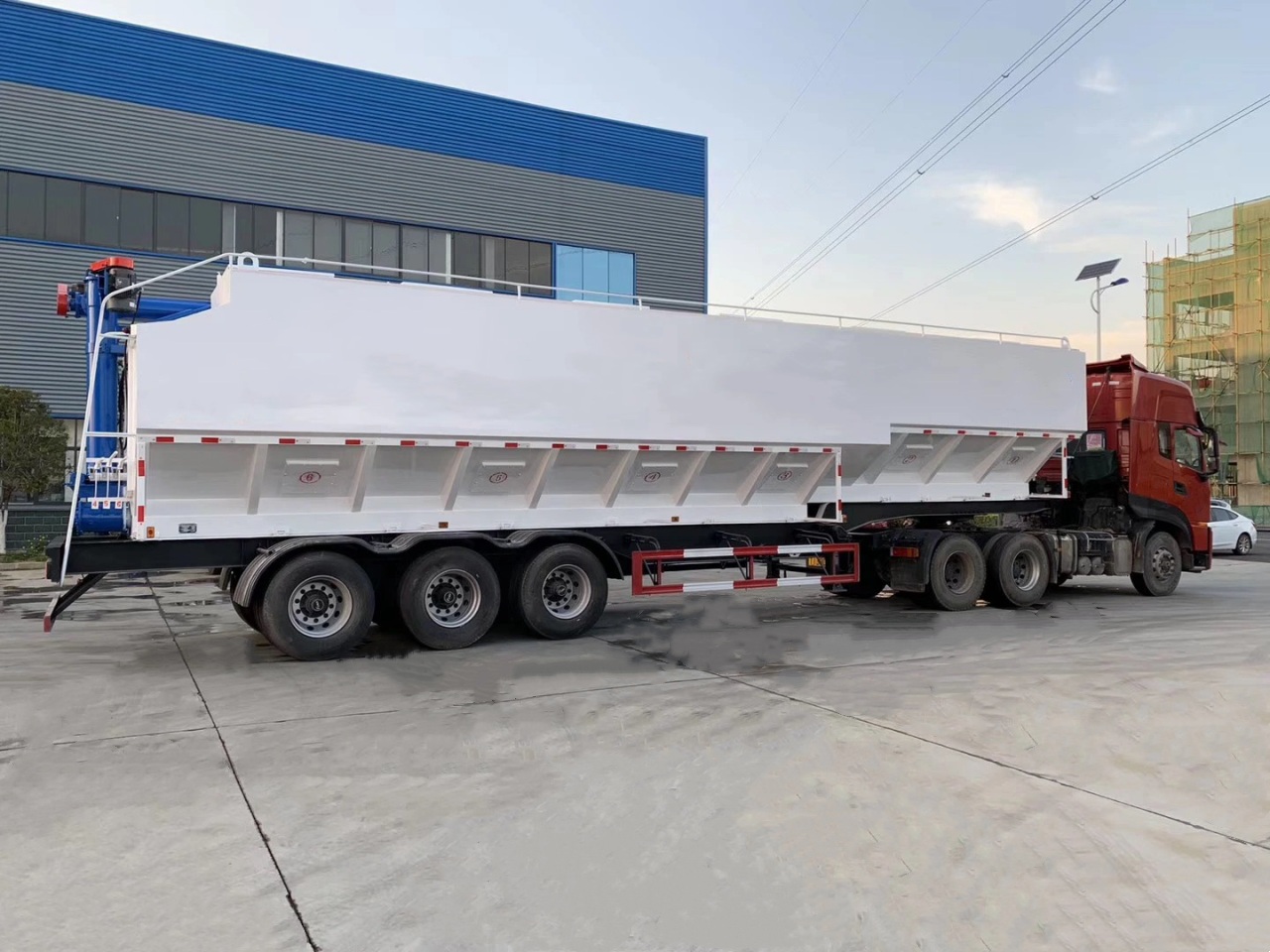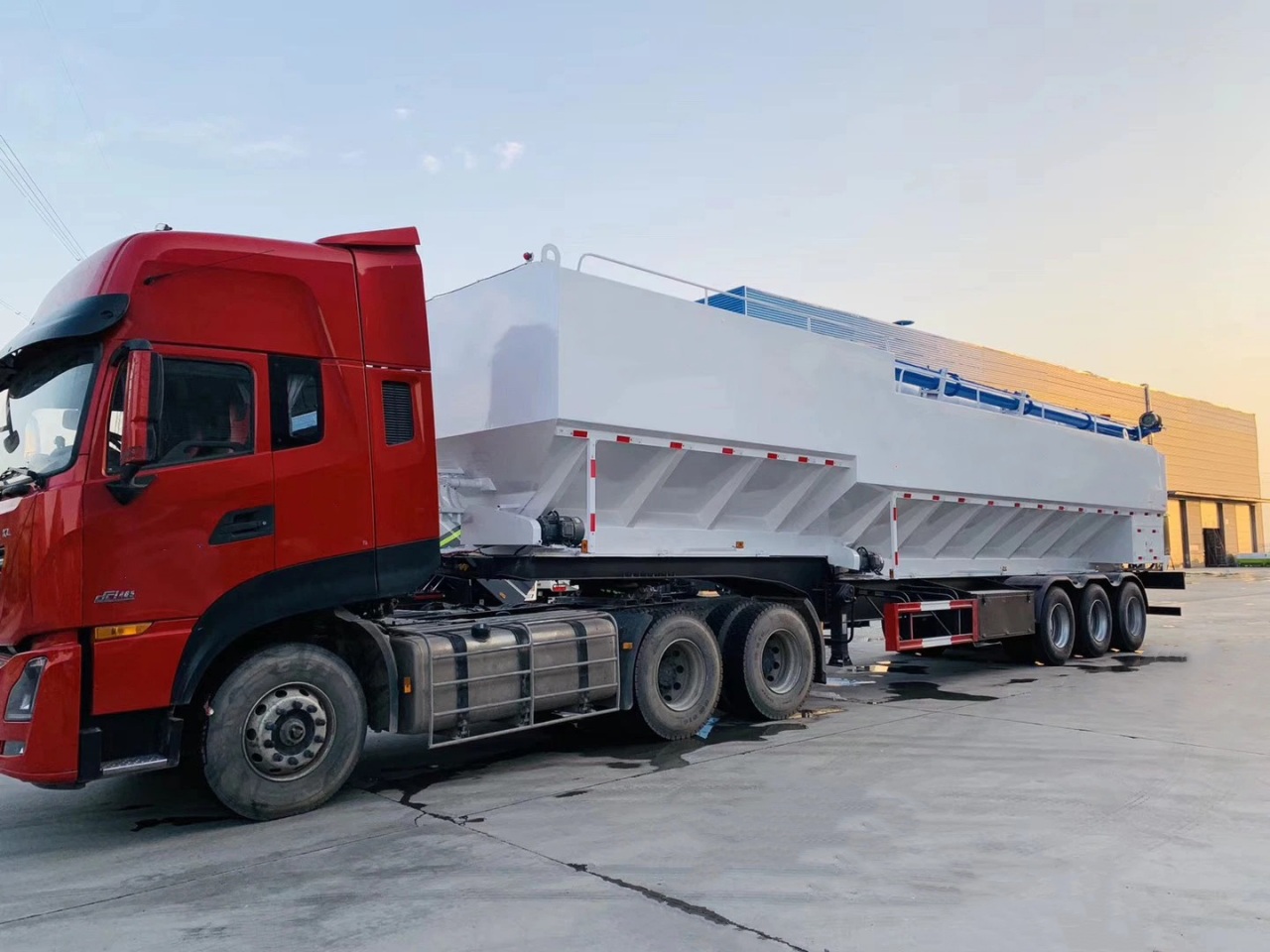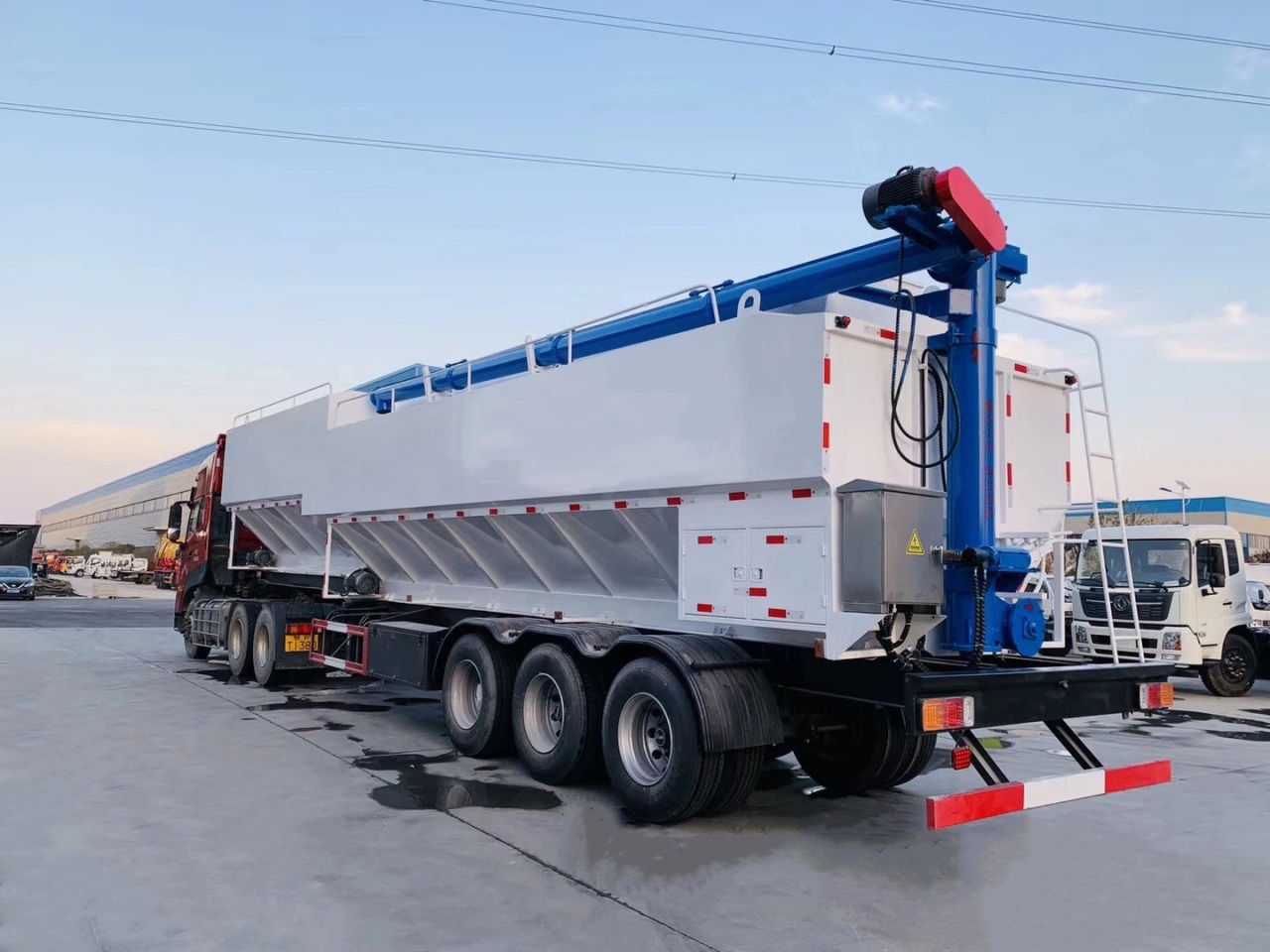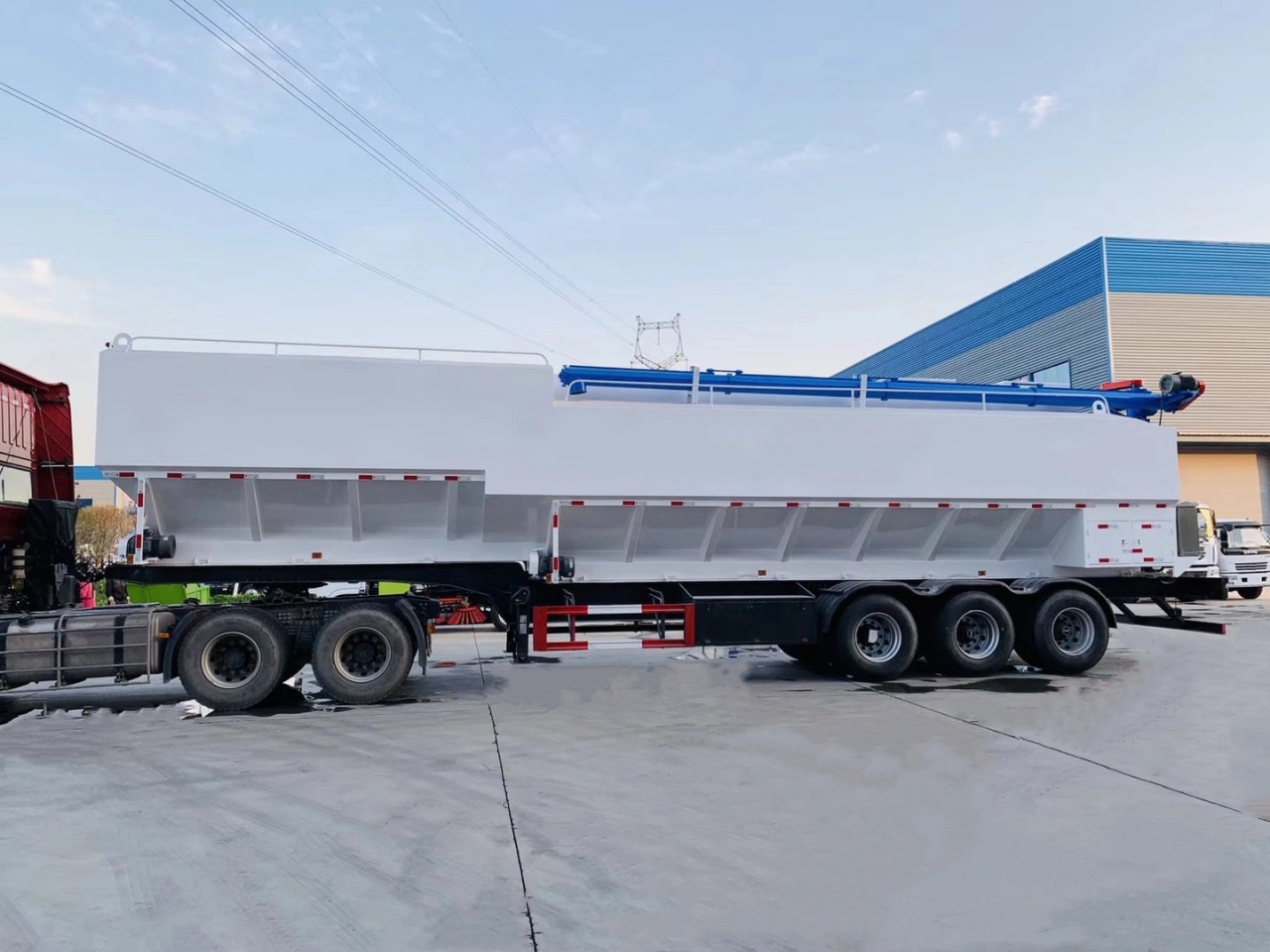Introduction
Dry bulk carriers are an essential part of the global supply chain, responsible for transporting large quantities of dry goods in bulk across oceans, rivers, and highways. These carriers, which include dry bulk ships and dry bulk tank trucks, are designed to move commodities like grain, coal, cement, and minerals efficiently and cost-effectively. Their primary purpose is to facilitate the large-scale transport of dry materials without the need for individual packaging, thereby reducing handling costs and improving logistical efficiency. This article delves into the importance, design, operation, and benefits of dry bulk carriers in various industries.
Understanding Dry Bulk Carriers
A dry bulk carrier is a specialized vessel or truck designed to handle dry, granular, or powdered goods in large quantities. Unlike containerized or liquid cargo, dry bulk materials are transported without packaging, requiring specific handling equipment and storage facilities. These carriers come in different sizes and configurations depending on the type of material they are meant to transport.

Types of Dry Bulk Carriers
- Dry Bulk Ships – These vessels transport massive quantities of dry goods across oceans. They are categorized into:
- Handysize (up to 50,000 DWT)
- Handymax (50,000–60,000 DWT)
- Panamax (60,000–80,000 DWT)
- Capesize (over 80,000 DWT)
- Dry Bulk Tank Trucks – Used for land transport, these trucks carry dry bulk materials in enclosed tanks and are equipped with pneumatic or mechanical unloading systems.
- Rail Bulk Carriers – Railcars, such as hopper cars, transport dry bulk goods over land, connecting ports and industries.
Purpose of Dry Bulk Carriers
1. Efficient Transportation of Commodities
Dry bulk carriers are designed to transport large volumes of materials efficiently. Their specialized structure enables businesses to move vast quantities of essential raw materials, reducing transportation costs per ton.
2. Reduction of Packaging and Handling Costs
Unlike containerized cargo, dry bulk materials do not require individual packaging, which significantly reduces packaging expenses and minimizes waste. Bulk transport also streamlines loading and unloading operations, making the process more time-efficient.
3. Facilitating Global Trade
Many of the world’s essential industries depend on dry bulk carriers for their raw materials. For example:
- The construction industry relies on bulk transport of cement and aggregates.
- Agriculture depends on the efficient movement of grain and fertilizers.
- The energy sector requires coal and biomass transportation.
4. Enabling Safe and Secure Transport
Bulk carriers are built with specific safety features to prevent contamination, moisture damage, and spillage. Dry bulk tank trucks, for example, are fitted with sealed compartments and air-tight loading/unloading systems to maintain product integrity.
5. Supporting Supply Chain Efficiency
These carriers ensure a continuous flow of raw materials, preventing bottlenecks in production and maintaining stable supply chains. Industries that depend on just-in-time delivery, such as food production and manufacturing, benefit significantly from the reliability of dry bulk transportation.

Design and Features of Dry Bulk Carriers
1. Bulk Handling Systems
Bulk carriers are equipped with specialized handling systems such as conveyors, pneumatic unloaders, and gravity-fed discharge systems to ensure efficient loading and unloading of materials.
2. Storage Compartments
Dry bulk vessels and trucks feature large storage compartments designed to prevent contamination and facilitate easy cleaning between loads. Some compartments are equipped with temperature and humidity controls.
3. Structural Strength and Durability
Since dry bulk materials can be heavy and abrasive, bulk carriers are constructed with reinforced steel and corrosion-resistant coatings to withstand the rigors of long-distance transport.
Operational Challenges and Solutions
1. Moisture Control
Many dry bulk materials, such as cement and grain, are highly sensitive to moisture. Carriers use sealed compartments and dehumidification systems to protect cargo from environmental damage.
2. Loading and Unloading Efficiency
Efficient loading and unloading are critical for minimizing downtime. Automated conveyor systems and pneumatic discharge systems help expedite these processes.
3. Regulatory Compliance
International maritime and transportation regulations govern the transport of dry bulk materials. Operators must ensure compliance with environmental, safety, and weight regulations to avoid penalties and operational disruptions.

Benefits of Dry Bulk Carriers
- Cost-Effective Transport – Bulk carriers reduce transportation costs per ton, making them a preferred choice for industries requiring large-scale material movement.
- Environmental Benefits – By reducing packaging waste and optimizing fuel efficiency, dry bulk transport contributes to more sustainable logistics.
- Scalability – Bulk carriers can be adapted for different commodities and varying shipment sizes, offering flexibility to businesses.
- Reliability – These carriers provide consistent and timely deliveries, ensuring supply chain stability.
Conclusion
Dry bulk carriers play a pivotal role in global trade and industrial supply chains by enabling the efficient transport of large quantities of essential raw materials. Their design, operational efficiency, and cost-effectiveness make them indispensable to industries ranging from construction to agriculture. As technology advances, the industry continues to innovate, ensuring safer, faster, and more sustainable bulk transportation solutions.


